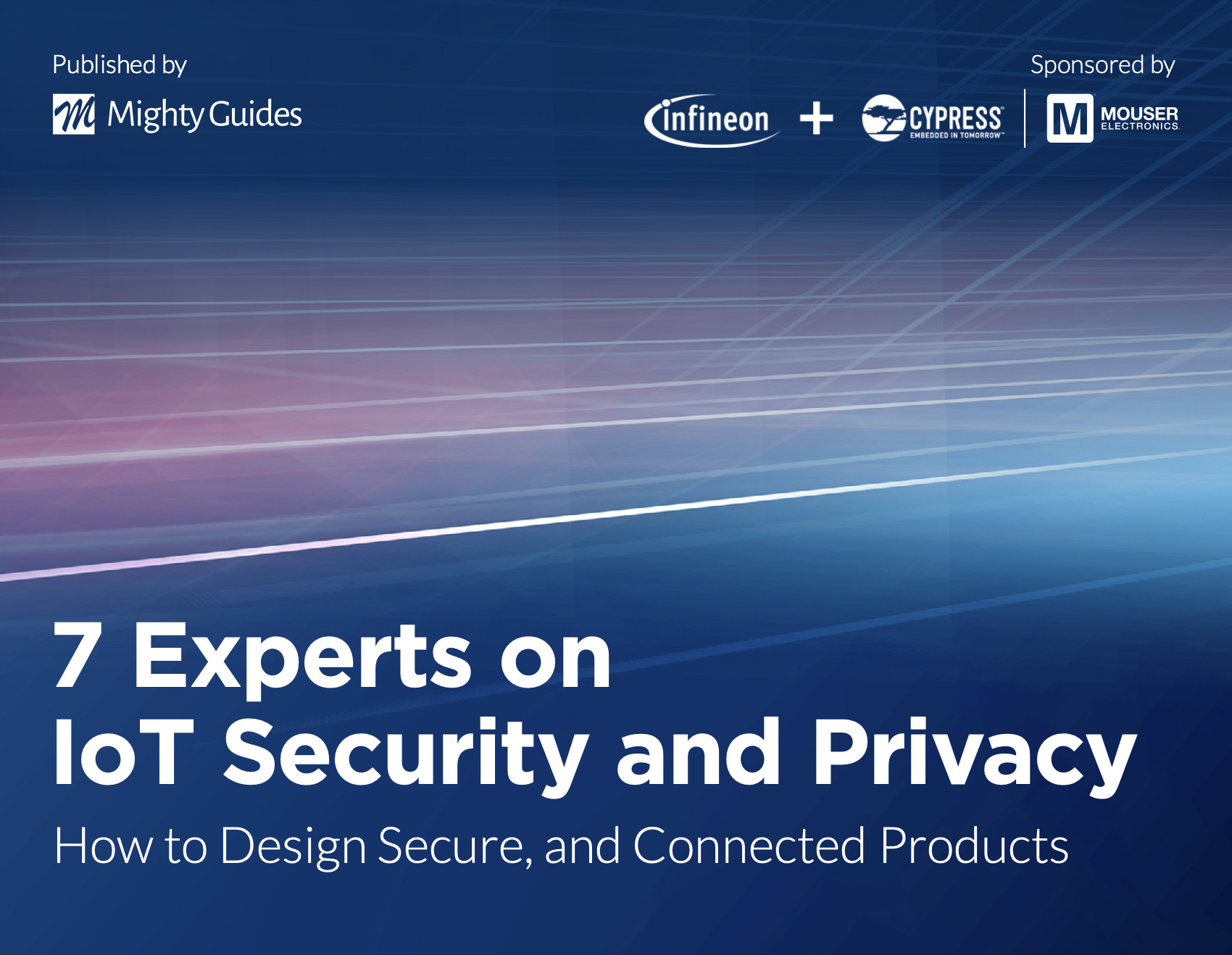
Ivan Fumagalli, Project Manager, Robertshaw
“Using the currently available version of the software is important, which means staying in touch with chip and operating system builders.”
When building an [Internet of Things] IoT solution, you can’t always use the best security because the market will not pay for the cost of such a solution,” says Project Manager Ivan Fumagalli of Robertshaw. “As a producer, you have to compromise to move forward with production,” Fumagalli speaks from his experience in the white goods market, working with globally recognized brands. He notes that even when dealing with high production numbers in a consumer durable goods market, cost is fundamental because consumers typically take security for granted while being highly sensitive to product pricing. The result is competitively priced products with security gaps.
When thinking about securing connected devices, Fumagalli sees an important distinction between those with and without an onboard operating system. “A device with an integrated operating system offers greater flexibility and the possibility of online security updates. Online updates are more difficult in a device without an operating system,” he says. He also points out that as important as securing the device is the need to secure the cloud-based resource to which that device connects. “This could be developed by another group of designers on another continent, and the teams don’t always have all the information to guarantee the best security.”



